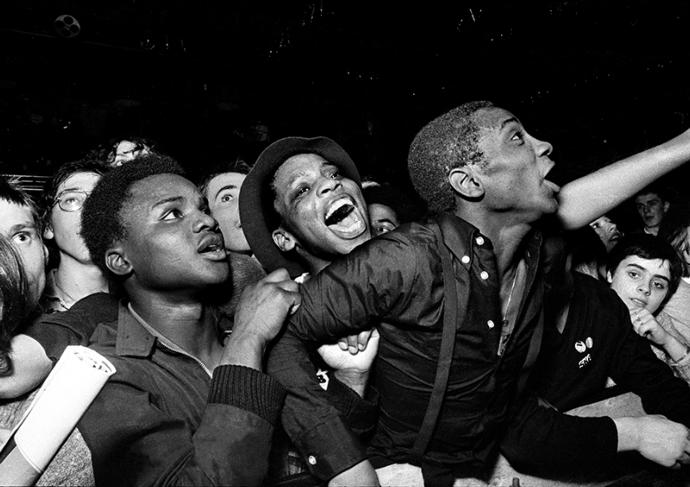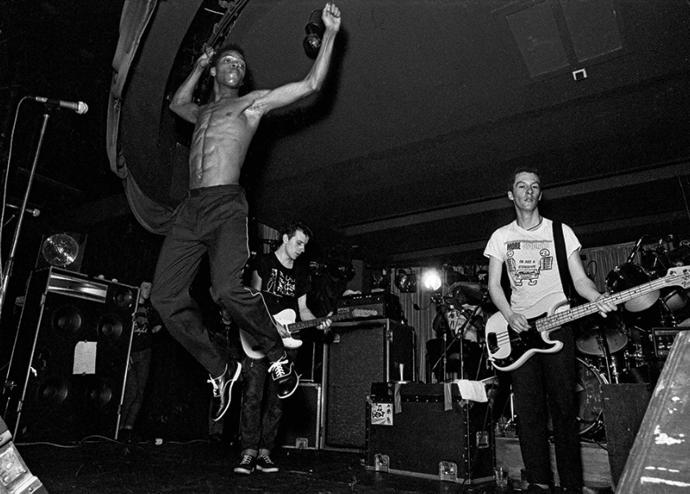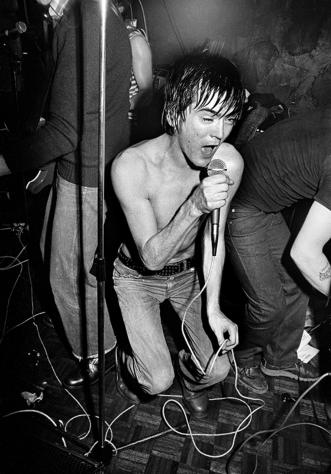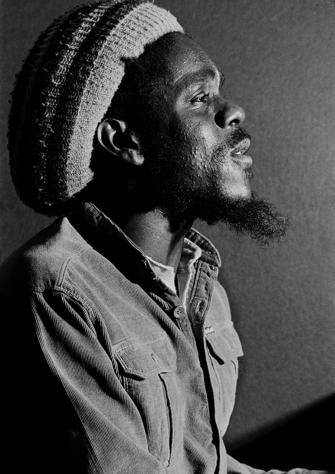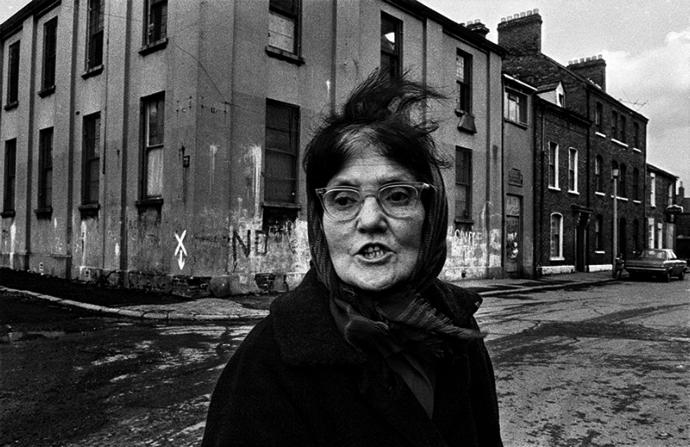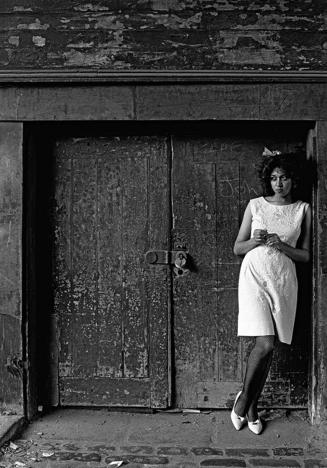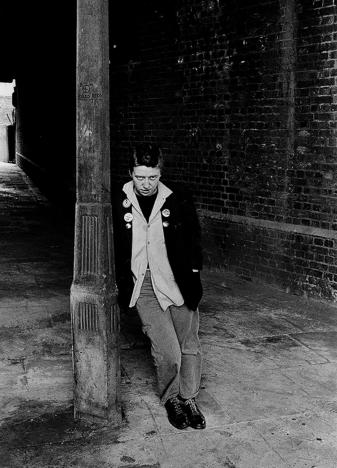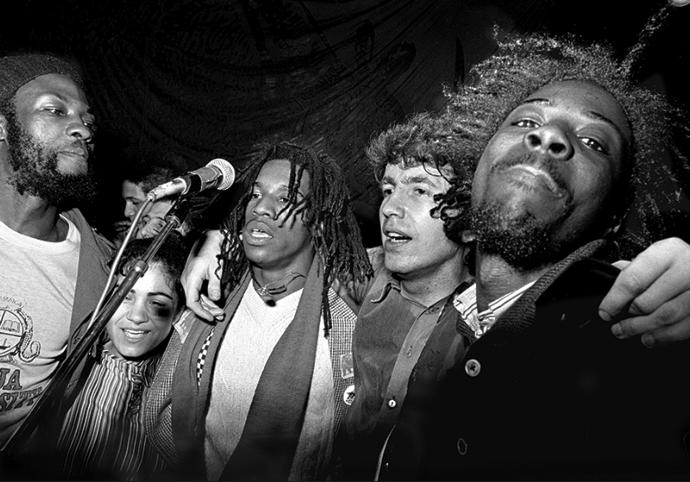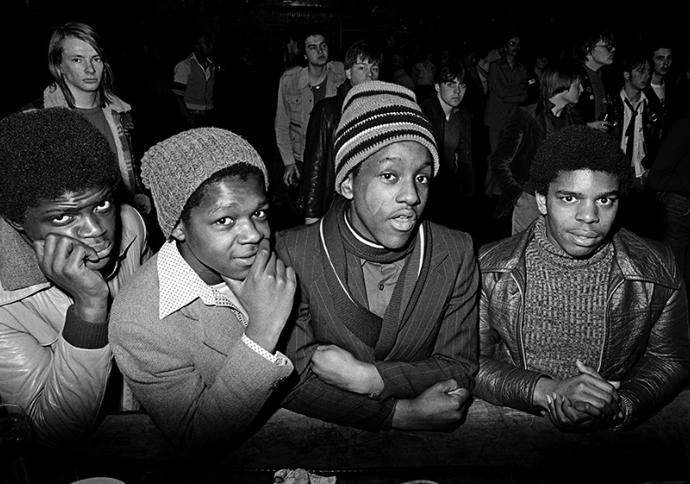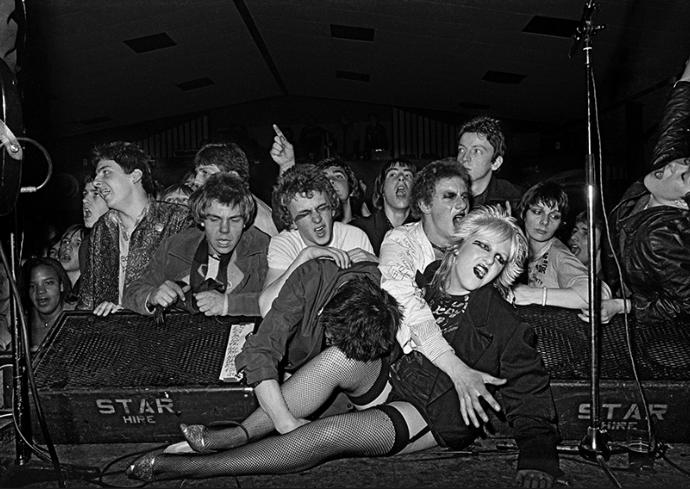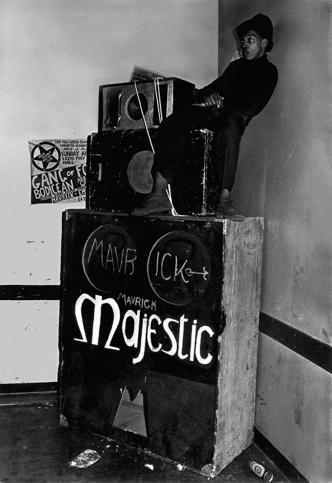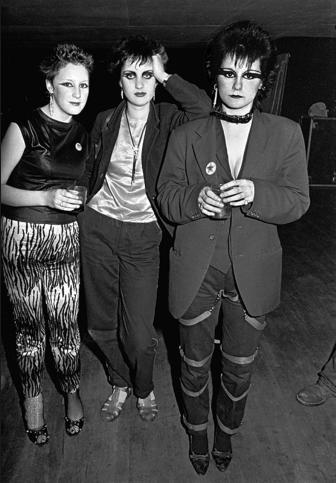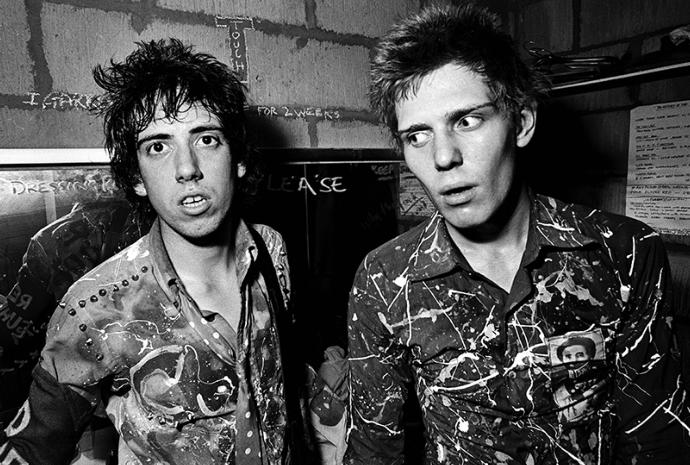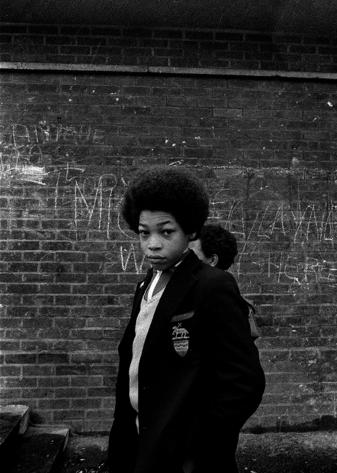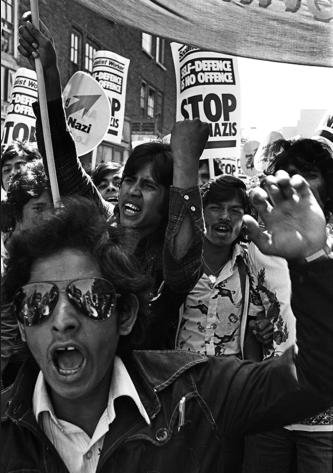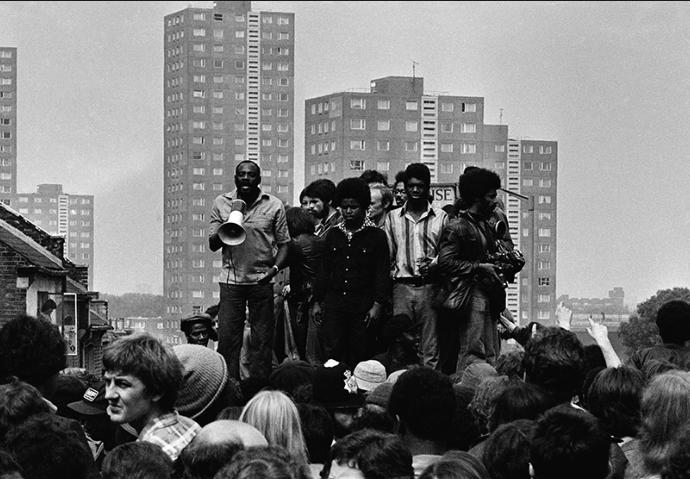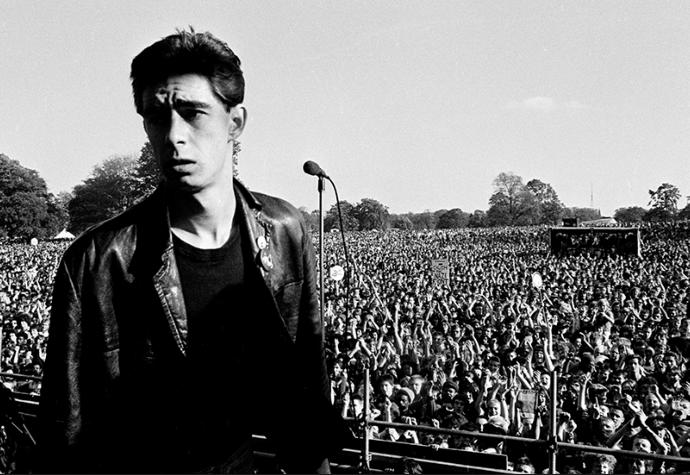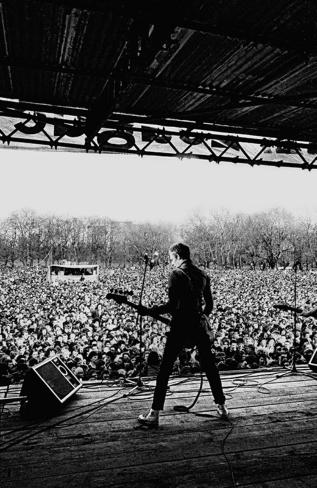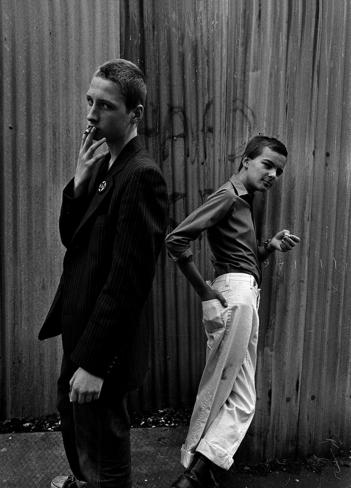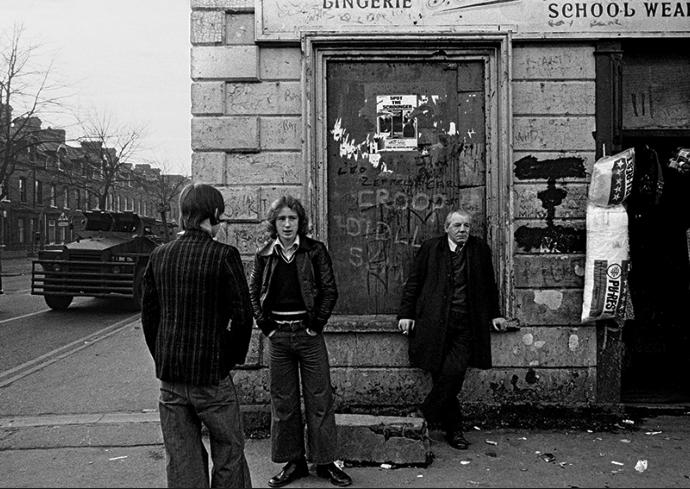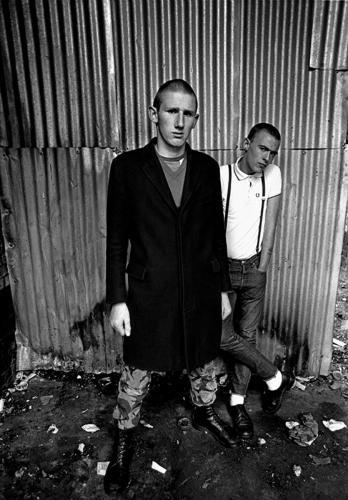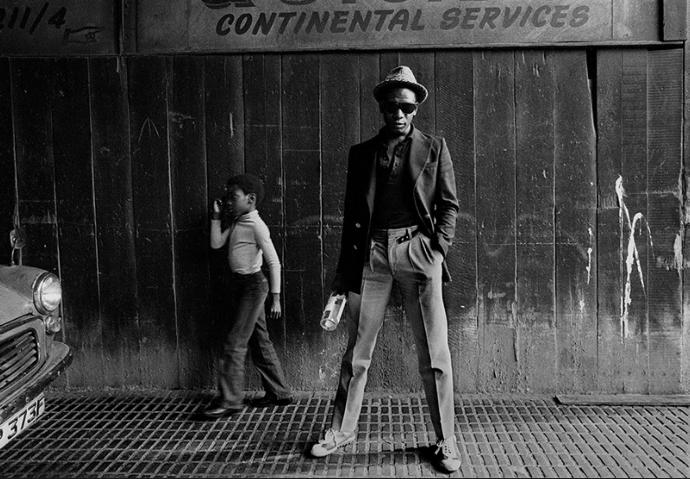








The magazine of the photo-essay

Sept 2016 back issue
by Syd Shelton



“A free, really high quality photo-essay magazine. Fabulous!”
Stephen Fry. British actor, writer and film & documentary maker


Syd Shelton’s photographs capture one of the most intriguing and contradictory
political periods in British post war history. Between 1976 and 1981, the movement
Rock Against Racism (RAR) confronted racist ideology in the streets, parks and town
halls of Britain. RAR was formed by a collective of musicians and political activists to
fight fascism and racism through music.
Under the slogan 'Love Music, Hate Racism', it showcased reggae and punk bands on
the same stage, attracting large multicultural audiences. At a time when the fascist
attitudes of the National Front were gaining support, RAR marked the rising resistance t
o violent and institutionalised racism.
Syd Shelton’s photographs document the volatility of a country divided across race,
class and gender. They expose the ferocity of cultural difference being hammered out
on Britain’s streets through the late 1970s, at a time when racist skinheads
danced to Jamaican ska, punks embraced reggae and black kids reached out to punk.
Shelton photographed performers such as The Clash, Elvis Costello, Misty in Roots,
Tom Robinson, Au Pairs and The Specials as well as the audiences at RAR gigs and
carnivals across England. He captured the historymaking RAR Carnival 1 at Victoria
Park, London in 1978, and demonstrations such as the Anti National Front
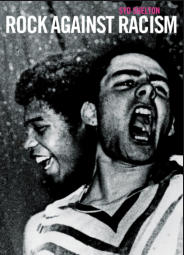
Demonstration in Lewisham in 1977. Shelton also took contextual social and cultural images that informed the politics of
the movement across England and Ireland.
As Shelton says: ‘In collaboration with UK reggae and punk bands, RAR members took on the orthodoxy through five
carnivals and some 500 gigs throughout Britain. In those five years, the National Front went from a serious electoral
threat into political oblivion.’
Rock Against Racism revisits the energy of RAR, the creative entanglement of black and white musicians, designers,
writers, actors, performers and supporters who produced effective counter-narratives to whiteness as superior and
blackness as alienated. Shelton’s photographs remind us that RAR was a particular treatise on belonging in Britain.
